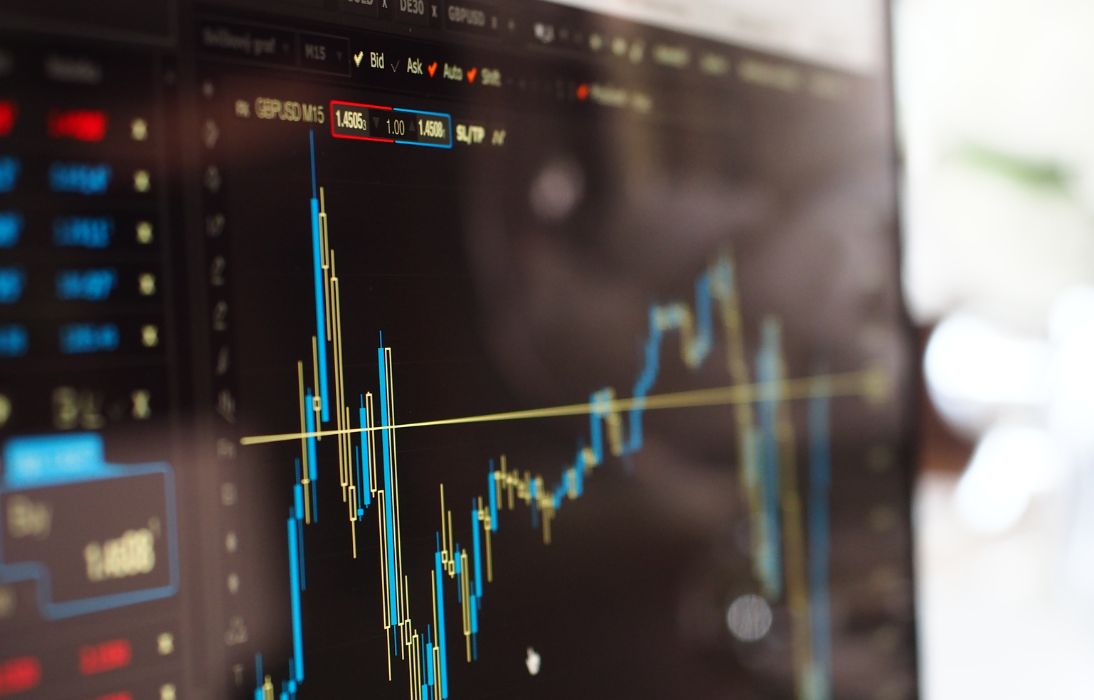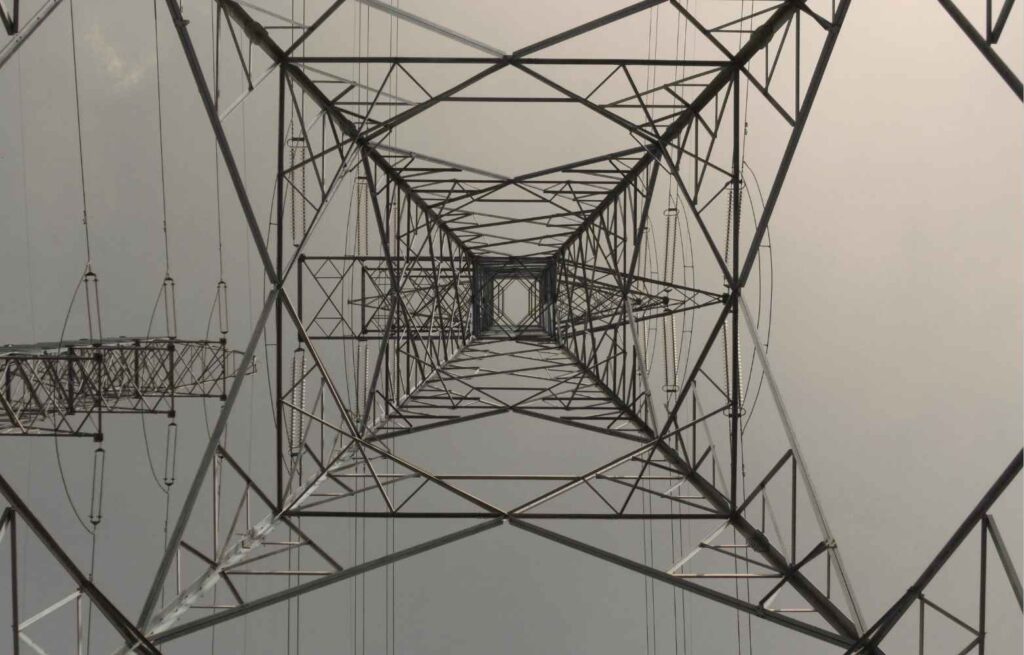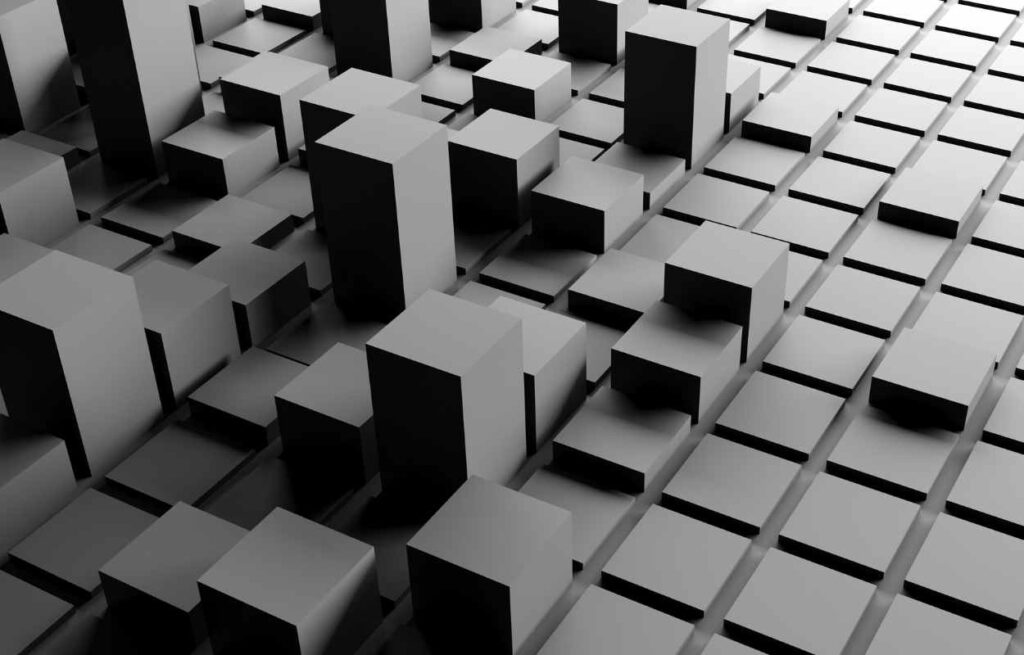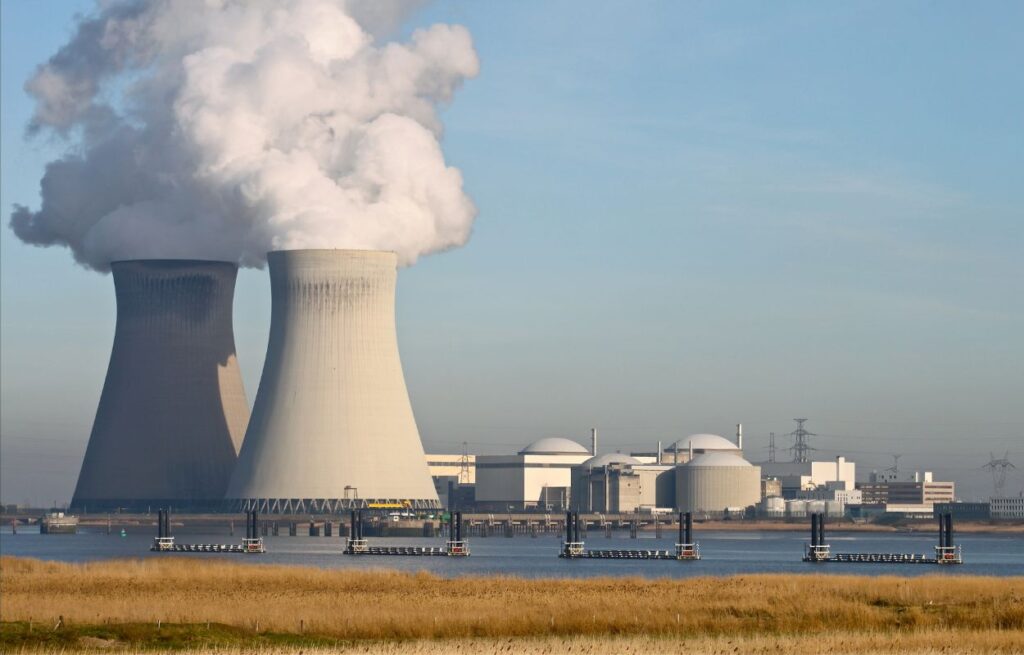There’s a difference between building trading systems and using them, and few understand that better than Kulwant Bhatia. He began his career as a software engineer before pivoting to writing algorithms, pricing options, and running automated strategies as a trader. But the deeper he got into the market, the harder it became to keep up with evolving tech.
So he shifted focus, bringing his trading experience to the world of commodities technology. After years spent building systems across various commodity markets, as Head of Commodities Tech at Credit Suisse and later at Fastmarkets, Kulwant shares his top lessons for building tech that works in the complex world of commodities.
1. Commodities Trading Isn’t Just Another Maths Problem
Electronified markets like FX are structured, model-driven, and very mathematical. Commodity markets are different. They’re more fragmented, with each market trading in its own way. “Some traders are hyper mathematical and will trade based on a very deep mathematical understanding or model of their market. You switch to another market and then find they’re using much simpler linear models.”
That human factor is often missed, especially by technologists who come from other asset classes. “Models in commodities trading are not a function of the mathematics,” Kulwant says. “The models are a function of the people trading those products, and the mathematics comes from that.”
What makes sense in theory doesn’t always survive the desk. If you’re building tech in this space, you can’t just sit in an ivory tower and write the “perfect” model. You need to understand the people behind the trades and know that what works in one market might fail in another.
2. Balance Long-Term Resilience With Short-Term Urgency
Traders live in the moment. They respond to news, volatility, and flows, minute by minute. But for technologists, a big part of the job is building for long-term security. As Kulwant explains, “there are a lot of different elements that go into developing a resilient, scalable platform, think application security, network security in the cloud, data security.”
The challenge is managing both timelines at once and knowing when to step back and design for scale, and when to drop everything and respond to what’s moving the market. There’s no playbook for this. It’s all judgment, and getting it right is what separates a good technologist from a great one.
3. Communication Builds (or Breaks) Trust
Sometimes you won’t drop everything. You’ll focus on long-term resilience over immediate requests, and that’s fine, as long as the trading team knows why.
Always communicate the value of what you’re building. “A lot of traders may not fully understand what’s involved in building systems that are robust and resilient,” Kulwant says. “They may be focused solely on their profit-making opportunity.”
That’s why communication matters. Some of the most important work you do doesn’t have obvious value, not until something breaks. Explaining why time is spent on security, penetration testing, or platform stability helps build trust.
If you explain the trade-off, traders are far more likely to back your decisions, even if it means waiting.
4. Front Office is the Front Line
Kulwant compares working in the front office to working in a conflict zone. Traders operate in high-pressure, fast-moving environments. If something big is happening in the market, they have to react immediately.
Many technologists, on the other hand, like to focus. Headphones on, clean code, no distractions. The skill lies in bridging those two worlds, and that’s where empathy matters.
Mindfulness is key. In front-office roles, the ability to stay calm, stay focused, and still deliver in a noisy, high-stakes environment will set you apart. If you can do that, you’ll get ahead. If not, the back office might be a better fit.
5. Technology as a Change Driver
What are you doing to make the business more profitable? To increase margins? That’s not just a question for the head of sales, strategy, or the CEO. You need to be part of that conversation. For years, tech was treated as an order taker. Things have changed. Technology is now a change driver. And as Kulwant explains, “Tech is evolving so quickly and technologists, being embedded in the sector, have the best chance of coming up with a sensible view of where it can really make a difference.”
This, of course, comes with more pressure, but the right kind. It puts you closer to strategy, closer to growth, and more central to the future of the business.
Looking for more insights?
Get exclusive insights from industry leaders, stay up-to-date with the latest news, and explore the cutting-edge tech shaping the sector by subscribing to our newsletter, Commodities Tech Insider.




